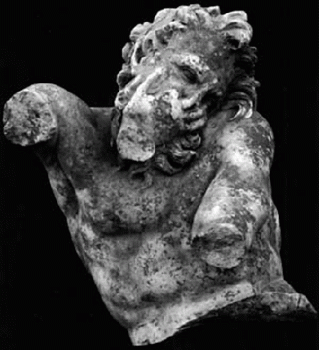American Journal of Archaeology | The Journal of the Archaeological Institute of America
You are here
The Dresden Type Satyr-Hermaphrodite Group in Roman Theaters
July 2007 (111.3)
The Dresden Type Satyr-Hermaphrodite Group in Roman Theaters
The Dresden type satyr-hermaphrodite group is known through more than 30 Roman replicas in various media. The meaning of the group has traditionally been derived from its discovery in domestic contexts, but replicas from the theaters at Daphne and Side raise different questions regarding viewer reception. The horizontal composition and small scale of the groups suggest they may have decorated the pulpitum (stage) of those theaters. At the Daphne theater, where two replicas were found, the groups were likely displayed as pendants, offering complimentary views of the same sculptural composition. In terms of subject matter, the Dresden type satyr-hermaphrodite group yields several nuanced interpretations associated with the theater, including connotations of paideia (Roman reverence for the Greek past), Dionysiac aspects, the reversal of norms, the objectification of the body, the sexual tryst, and the agon.
The Dresden Type Satyr-Hermaphrodite Group in Roman Theaters
By Alexandra Retzleff
American Journal of Archaeology Vol. 111, No. 3 (July 2007), pp. 459–472
DOI: 10.3764/aja.111.3.459
© 2007 Archaeological Institute of America


